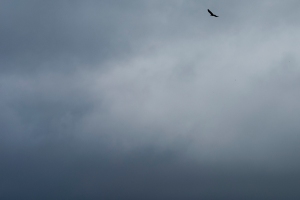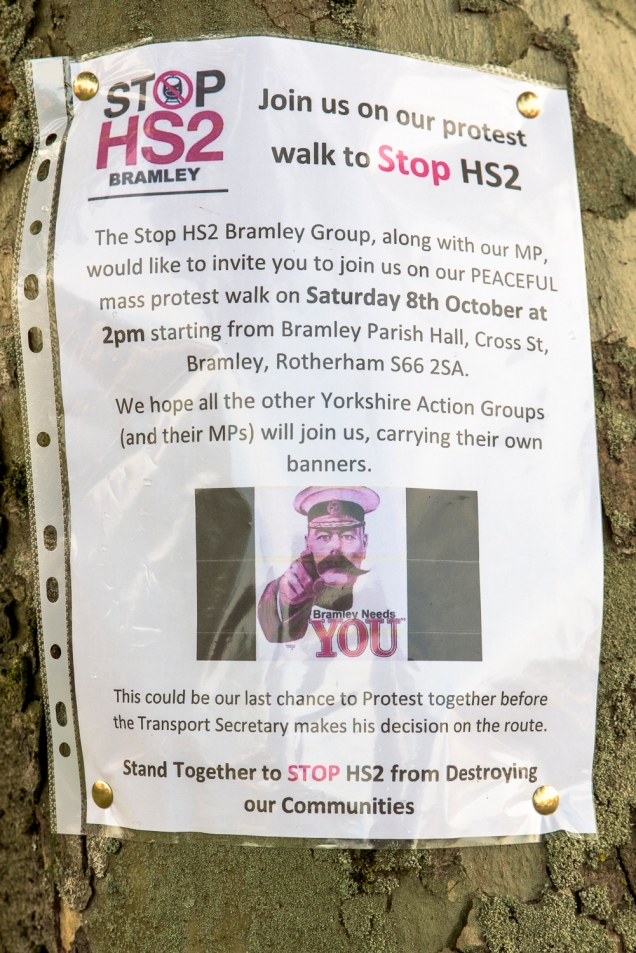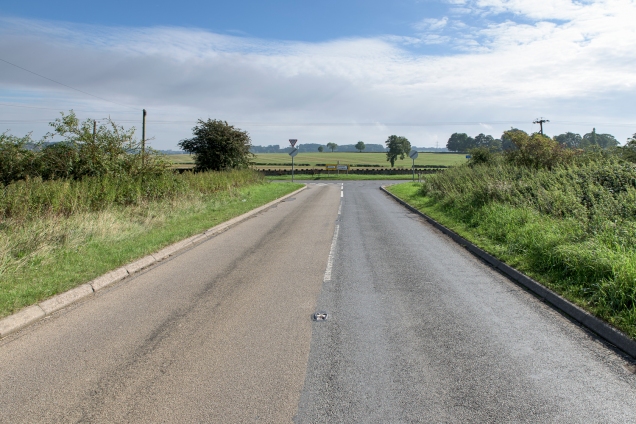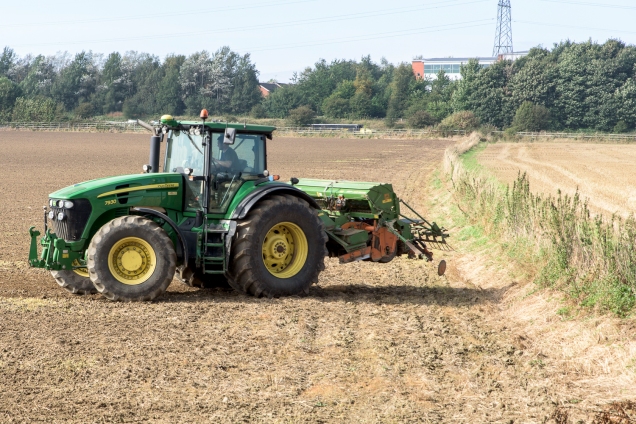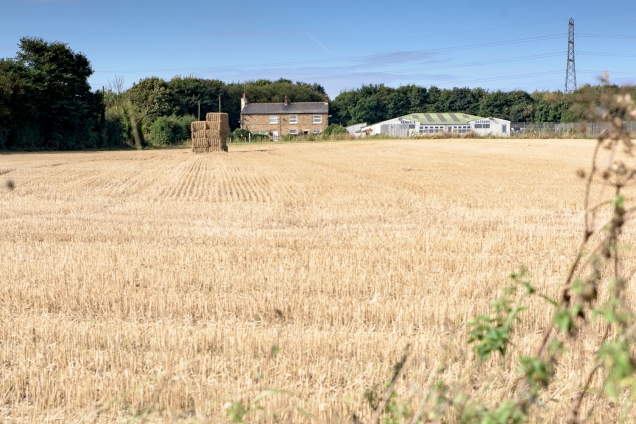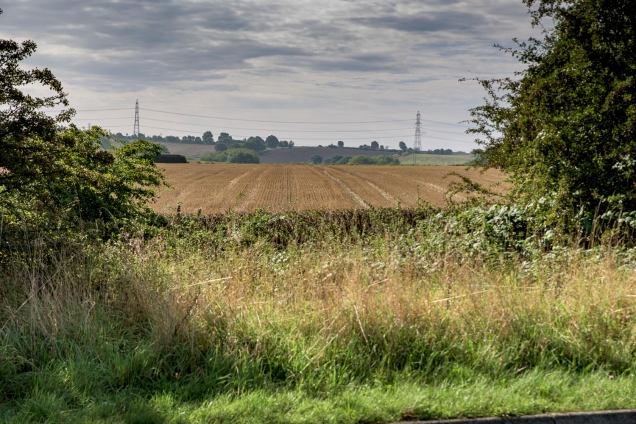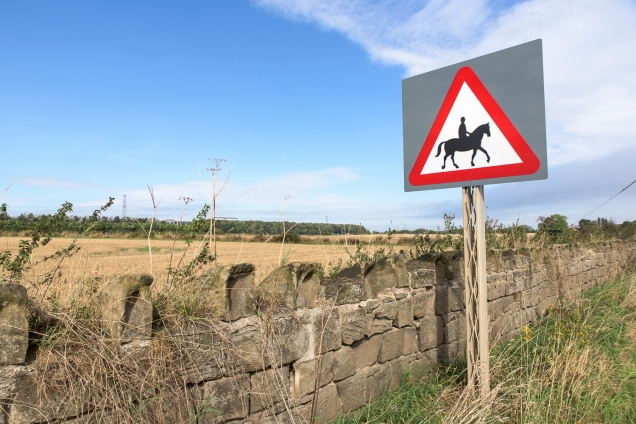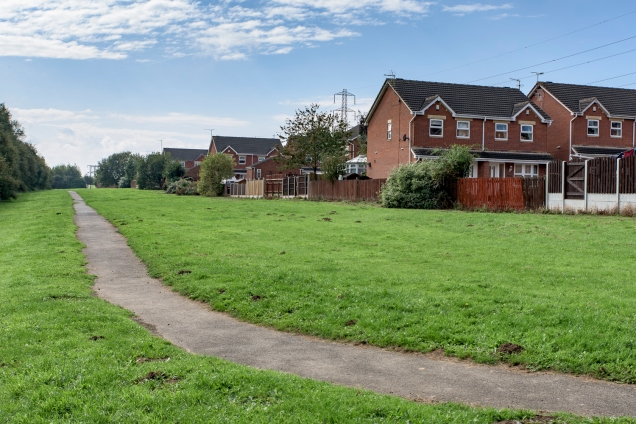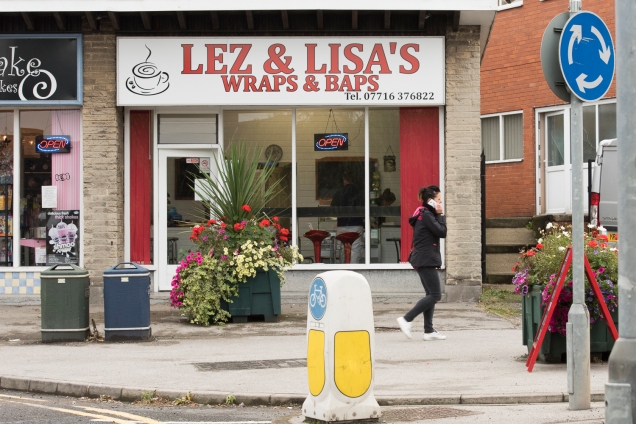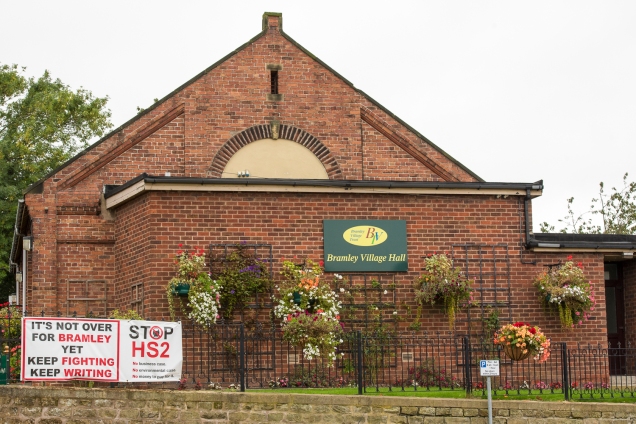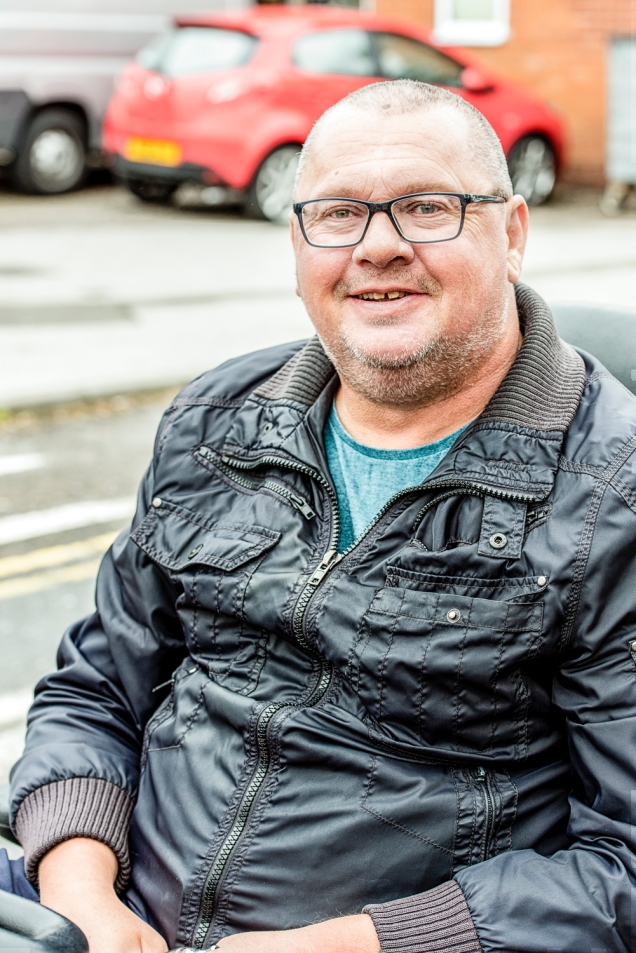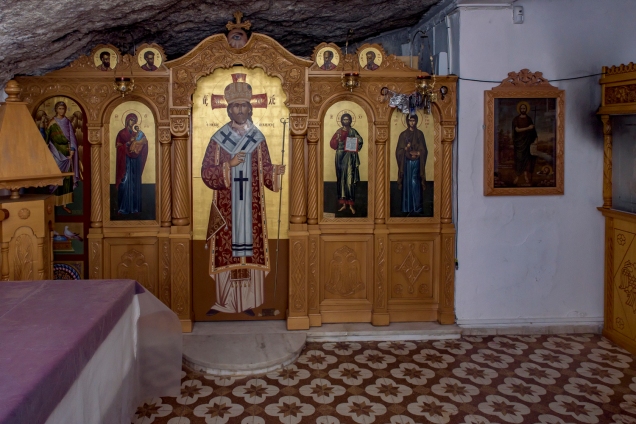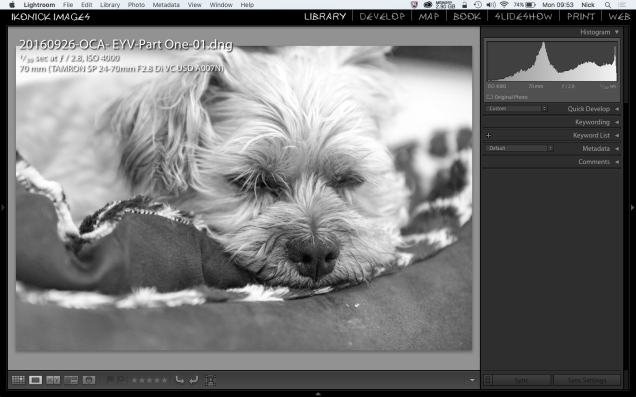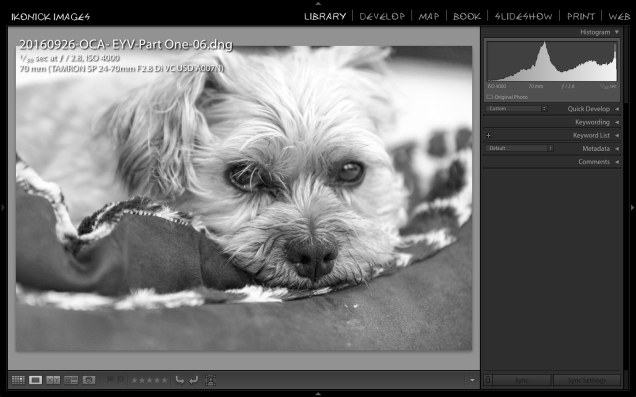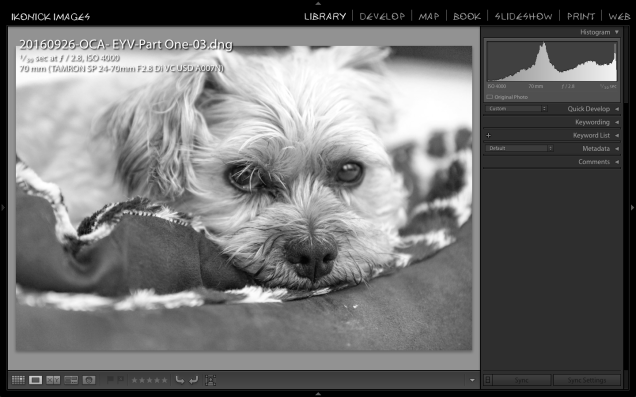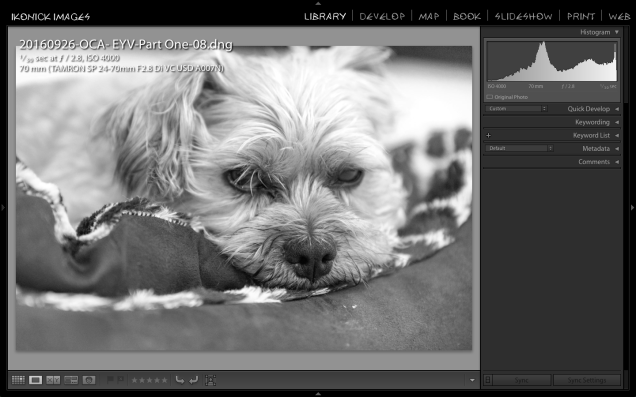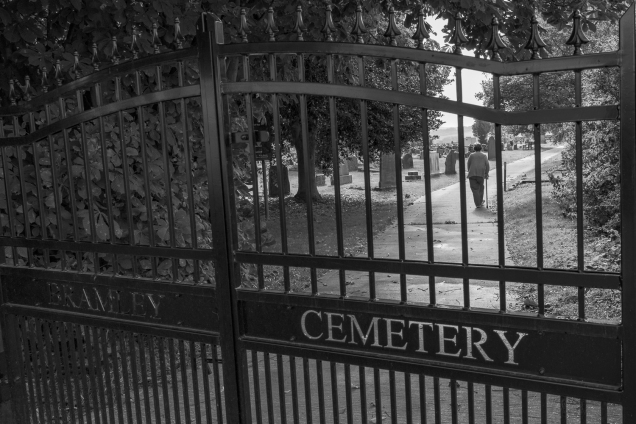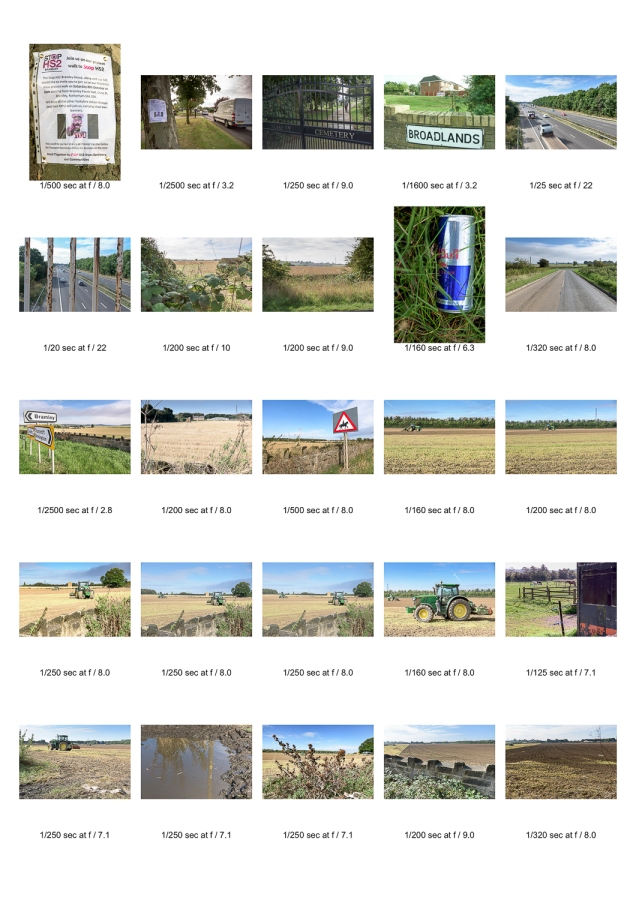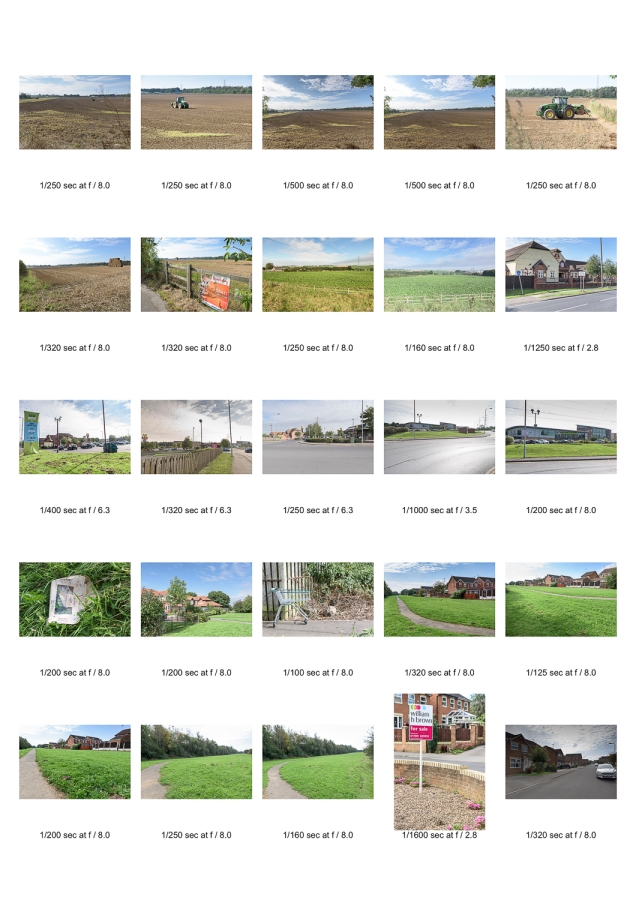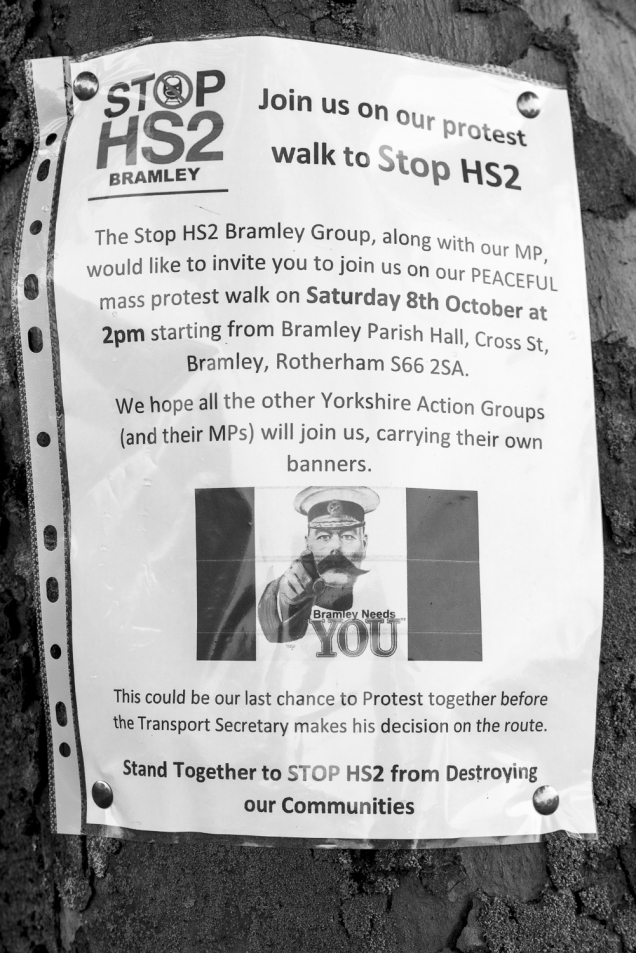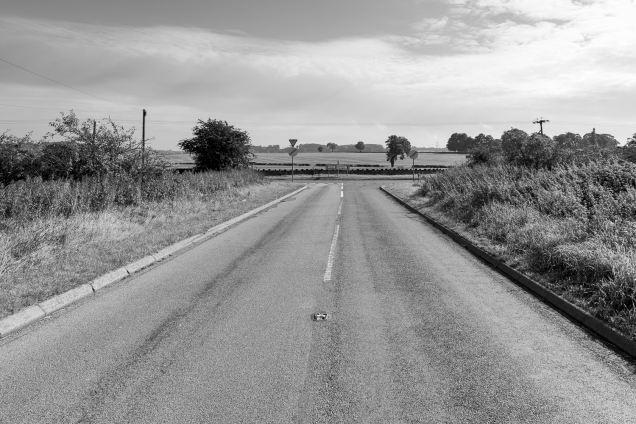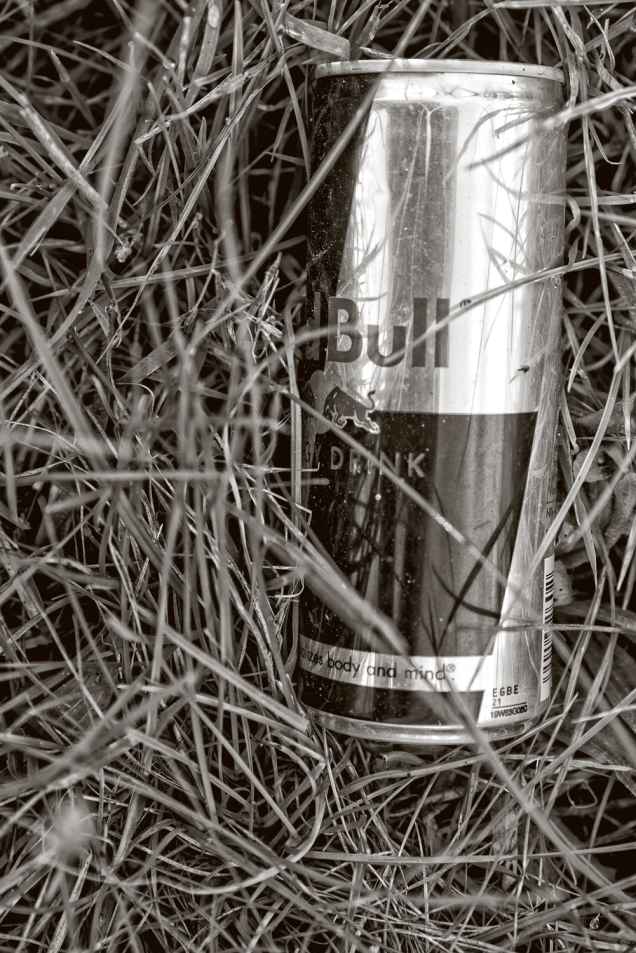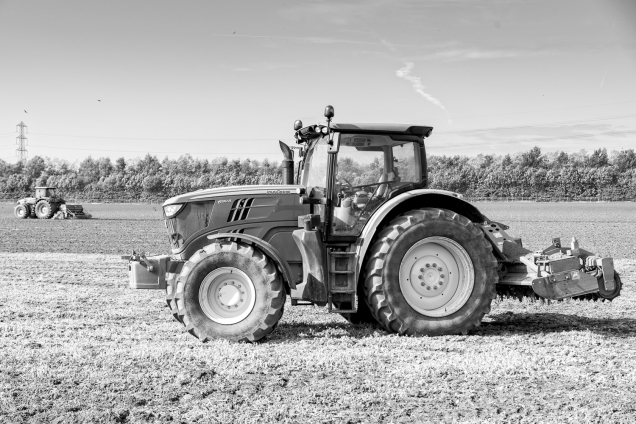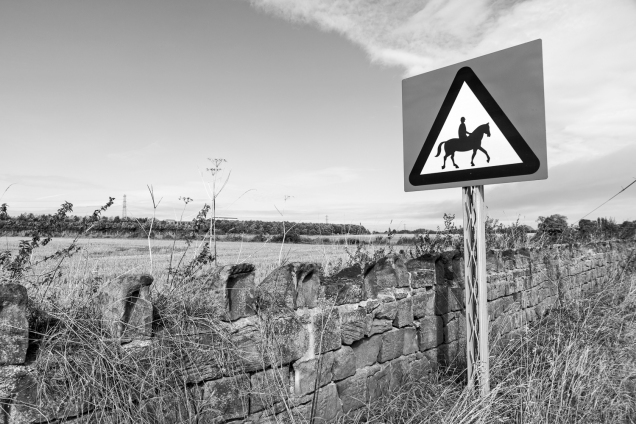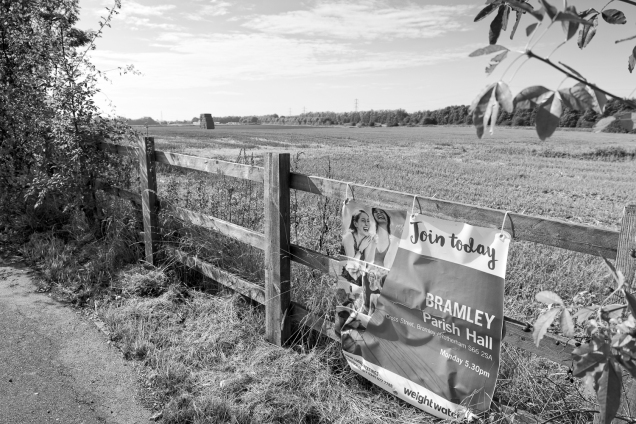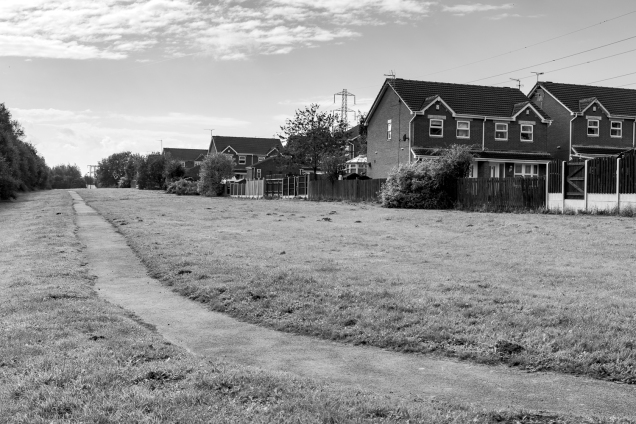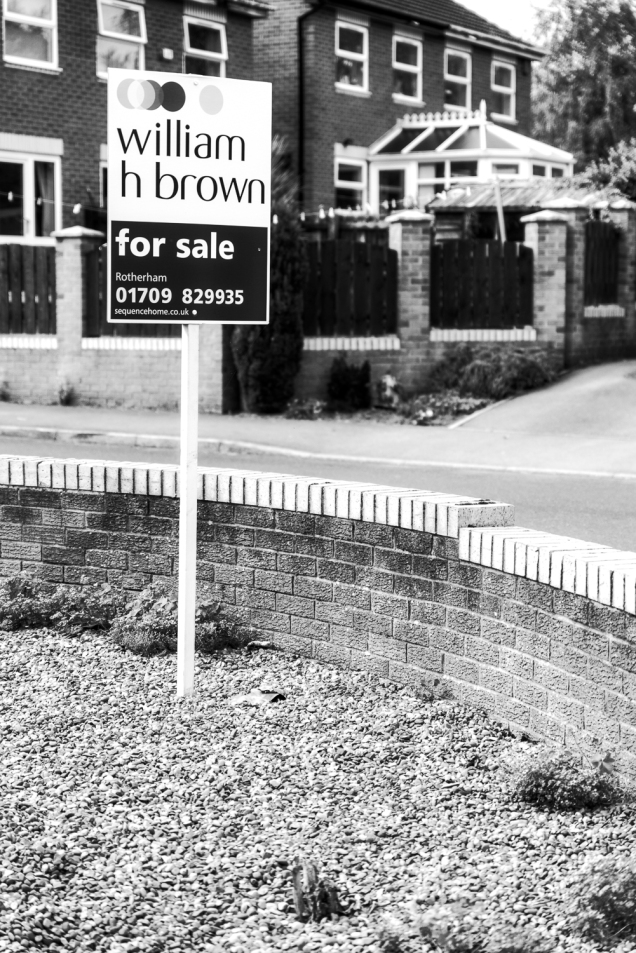Exercise 1.2 The point
This is the most basic element of composition and for it to be classed as a point it has to fill only a small portion of the frame. The three following images evidence the difference between a point, a shape and filling the frame. A point really should be isolated against a simple background. As a result I decided to use the local bird population for this exercise, which would give me a challenge technically, shooting points and also as birds and wildlife are interests which are close to my heart.
1.2 Part 1
The following three images lead me to believe that there is not necessarily a right or wrong placement of a point, but the placement of a point can be classed as static (if too central), eccentric if too close to the frame edges or if slightly off centre (rule of thirds may apply) the point can appear to be more dynamic. Reflecting on this series I feel image 1.is my favourite due to the implied movement in the image, even though the placement is perhaps eccentric. I feel this image sits well within the frame and its’ relationship is balanced in this instance. This maybe due to the subject in the frame.
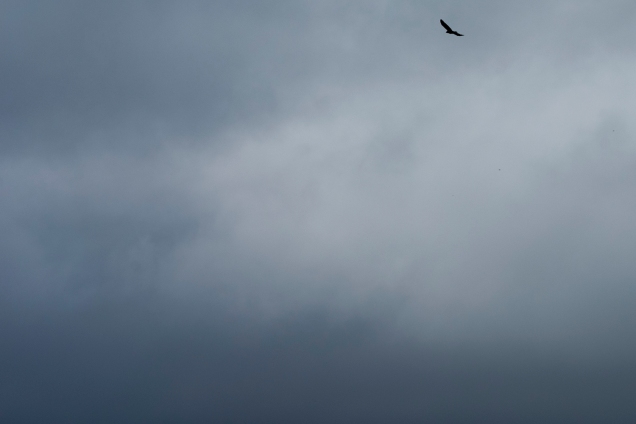
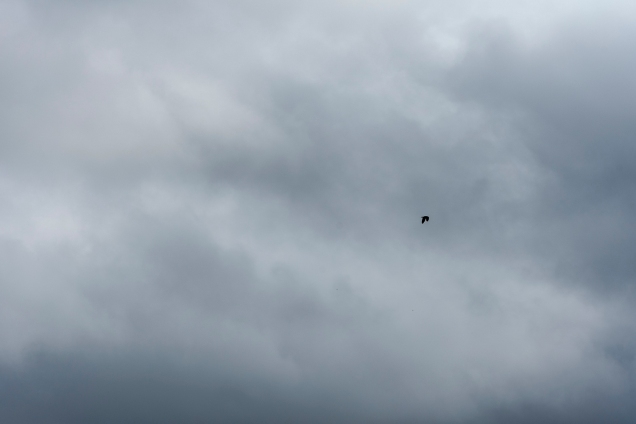
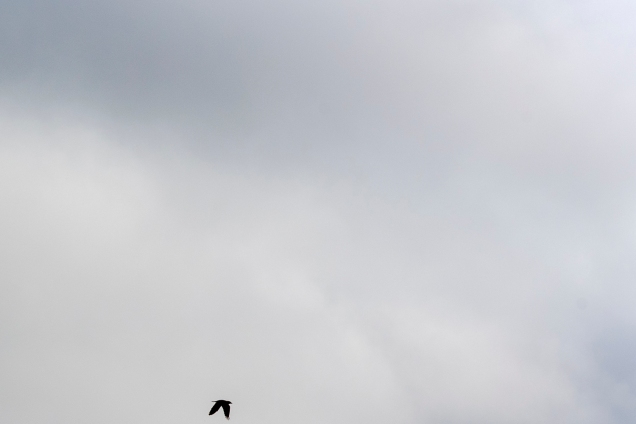
1.2 Part 2
4 points which are in relation to the frame.
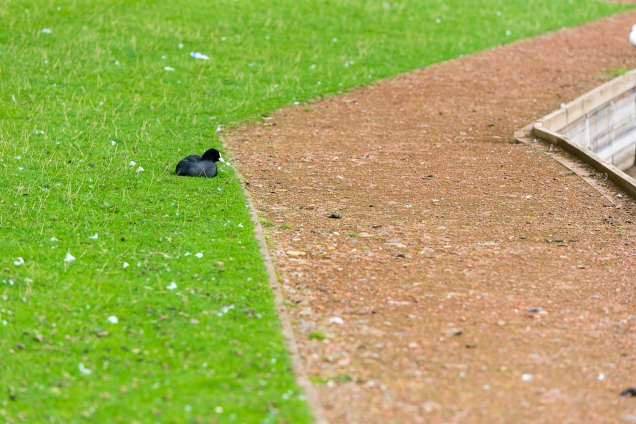
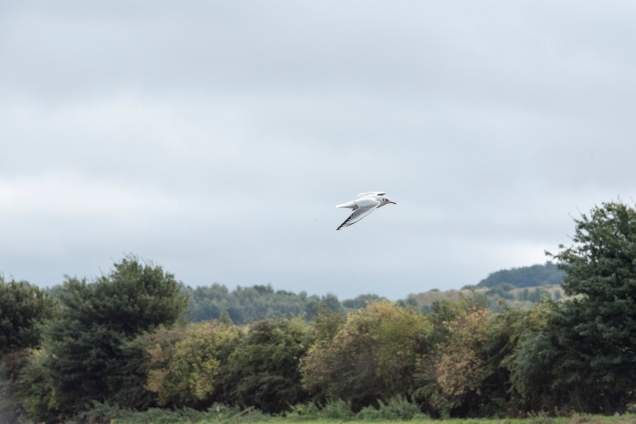
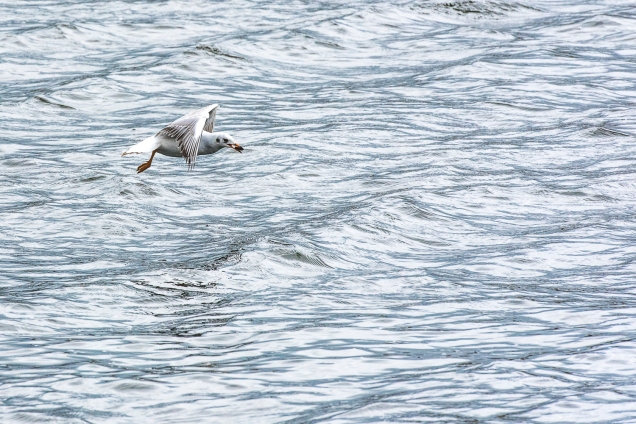

A point attracts attention out of proportion to its size. The smaller the point is the more you are searching to see what this is and it can lose all meaning is the point is too small. If the point is too big it will become a shape and change the connotation of the image.
The eye looks for connections between two points. Please see the following images which illustrate the difference between a single point and two points. In the image directly below your eye is drawn from one bird to the other. This creates a different dynamic to a single point.
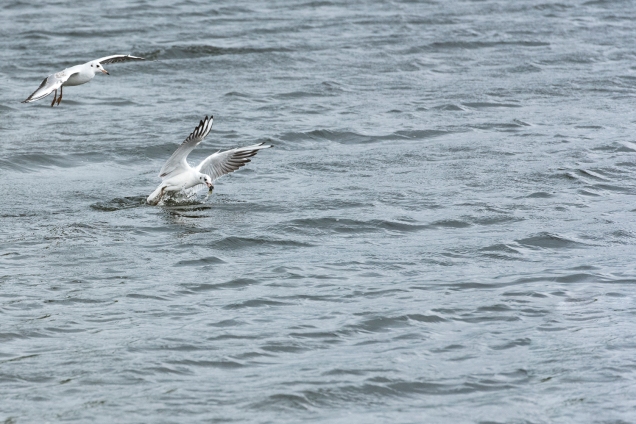

Placing a point close to the edge seems to animate both the point and the frame as in the image below.
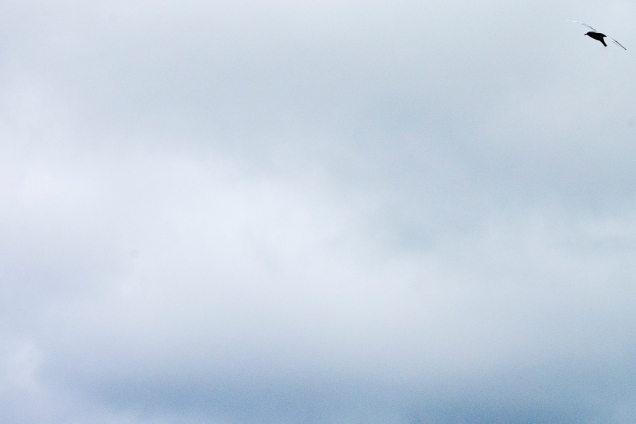
Please see my Learning Log “scrap book”, which I will be using in conjunction with my studies for anything which cannot be successfully recorded on-line.
